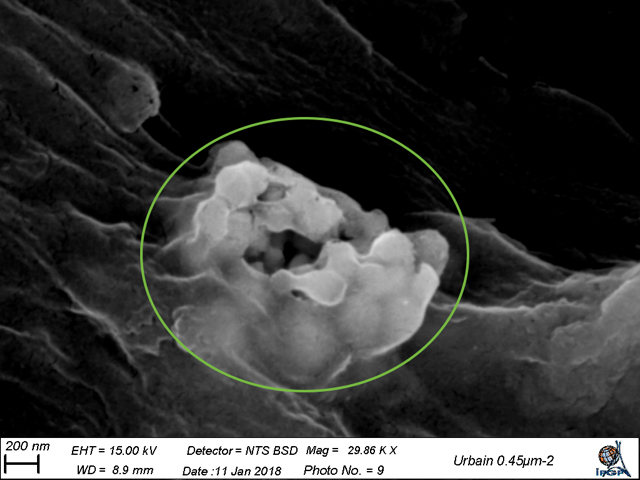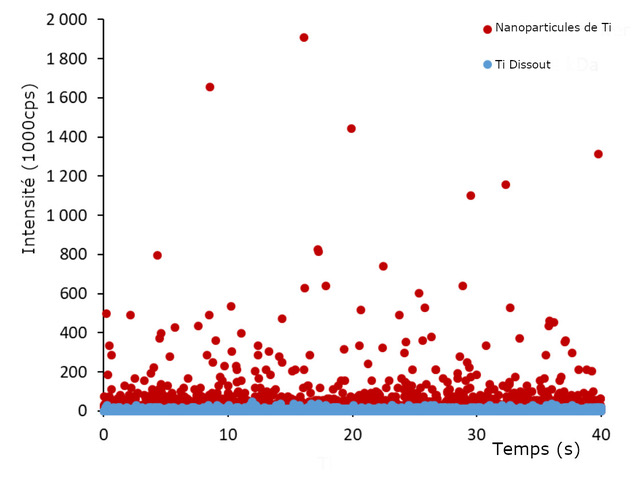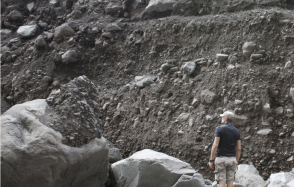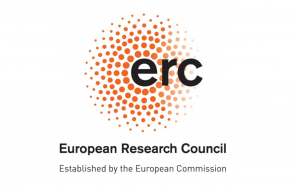The fate of titanium nanoparticles in natural environments
In a study published in August 2021 in the Journal of Hazardous Materials, scientists from IPGP and LNE studied the evolution of titanium nanoparticle concentrations in the surface waters of three catchment areas over the course of a year, in order to gain a better understanding of the environmental factors, both natural and anthropogenic, that influence the fate of these nanoparticles in the critical zone, and more specifically in aquatic environments.

Latest news









